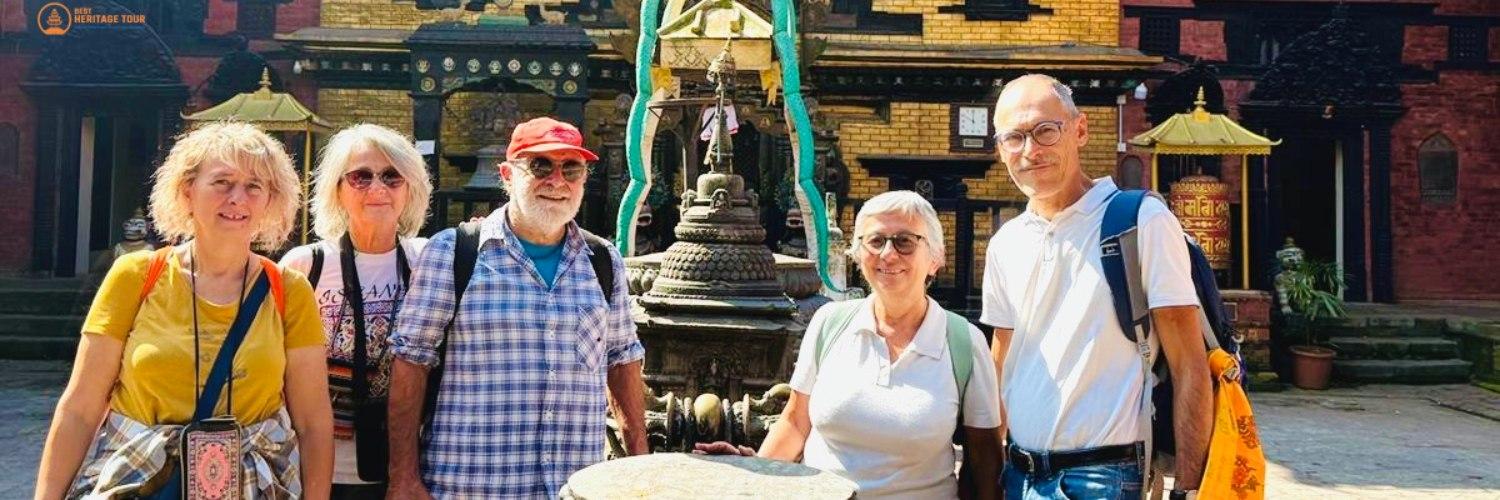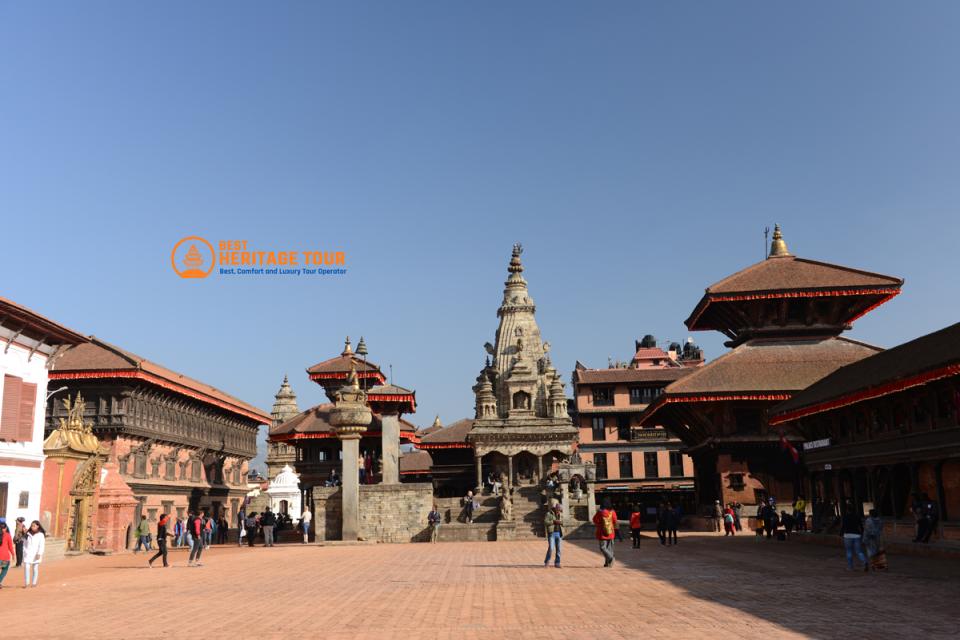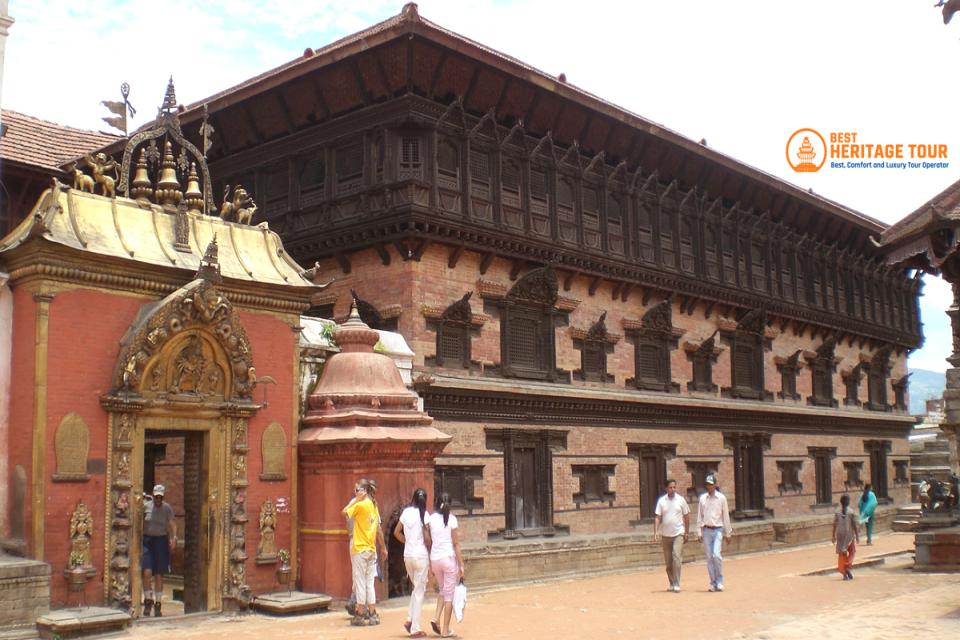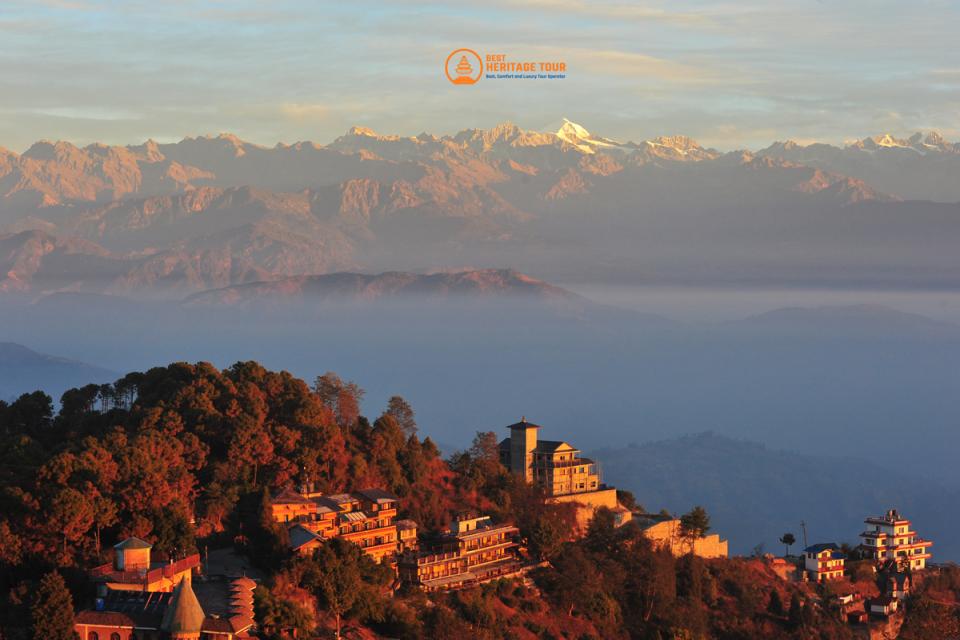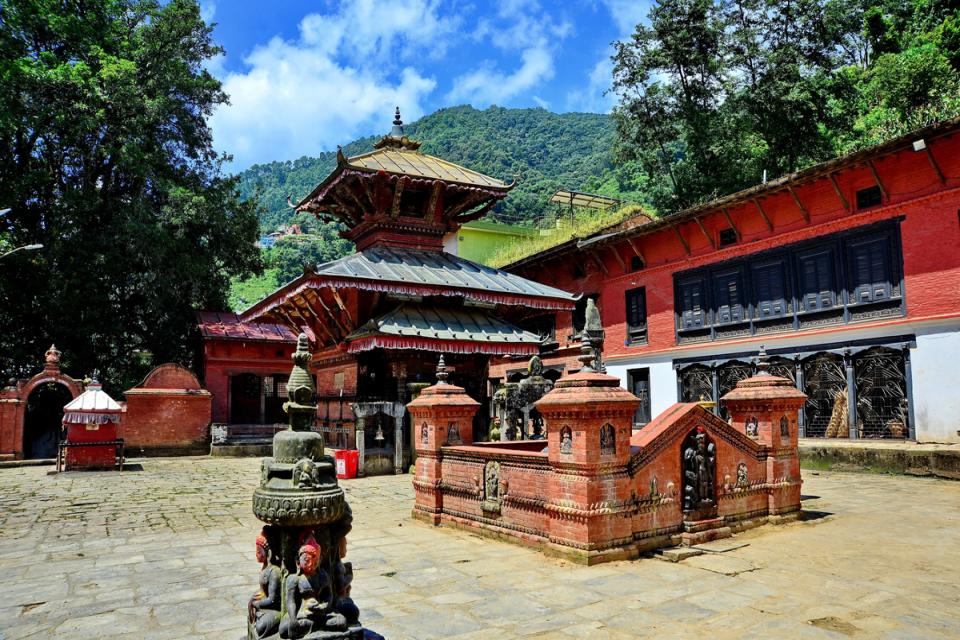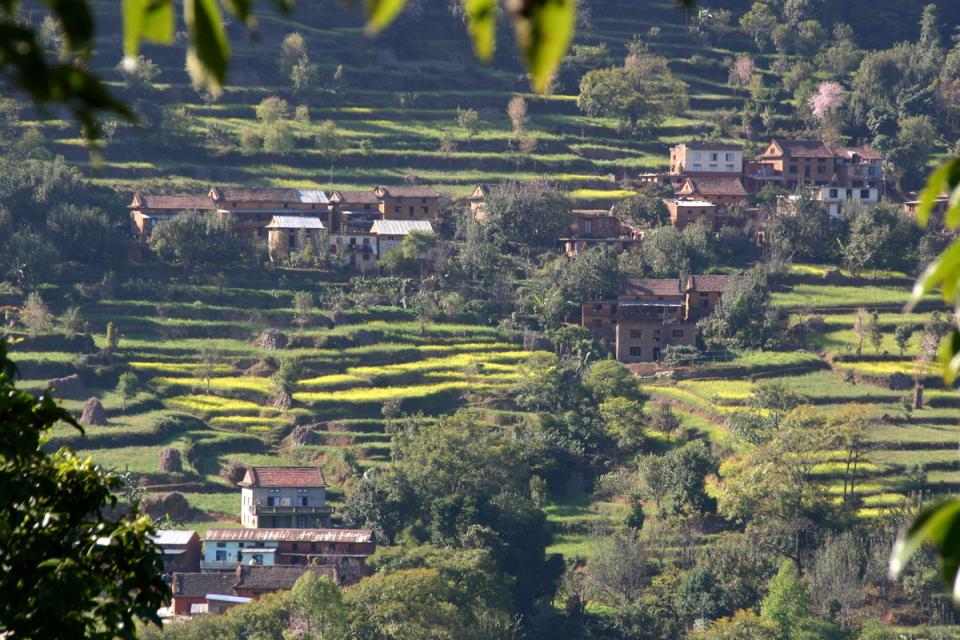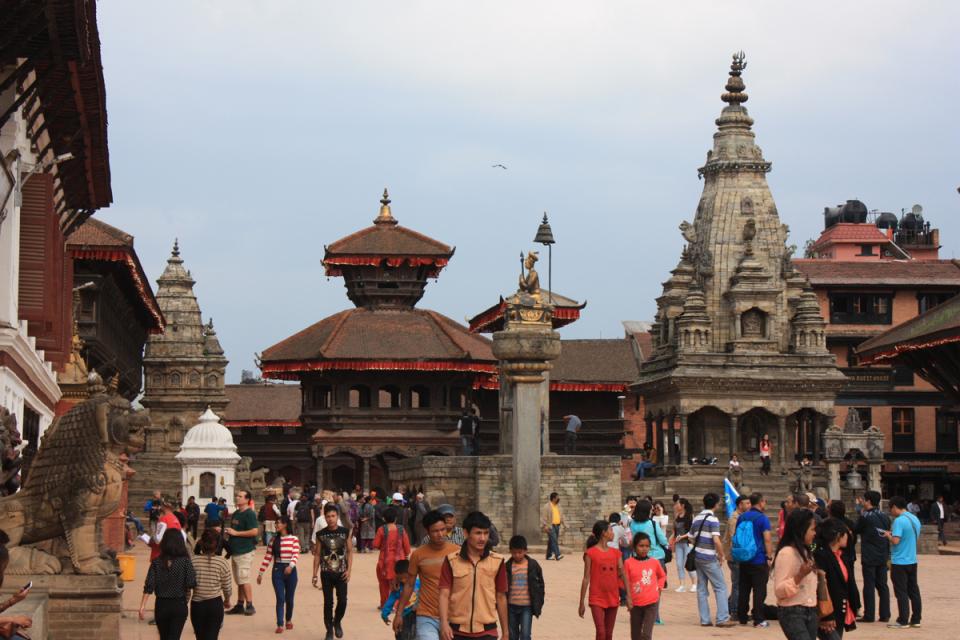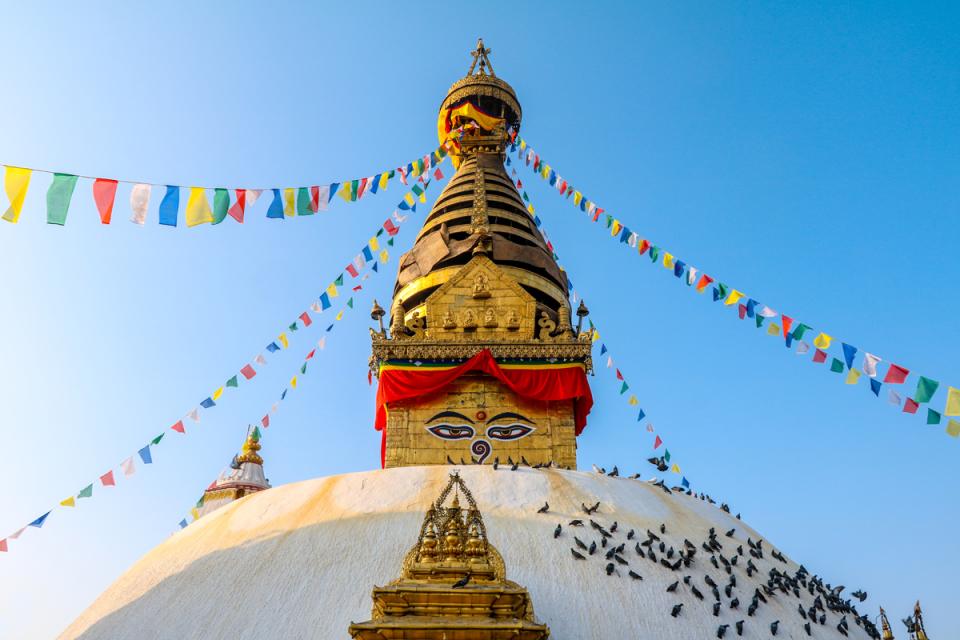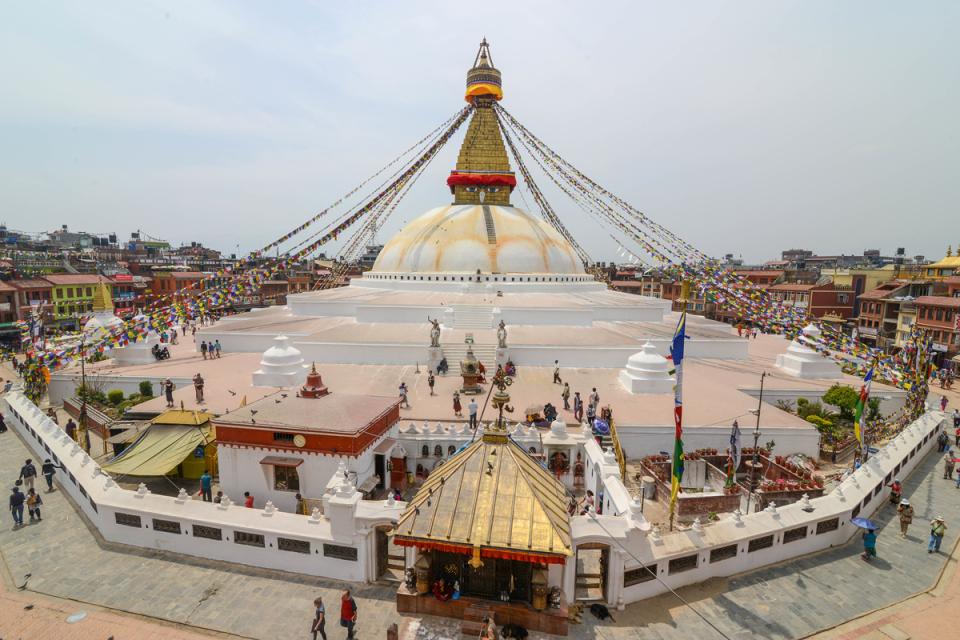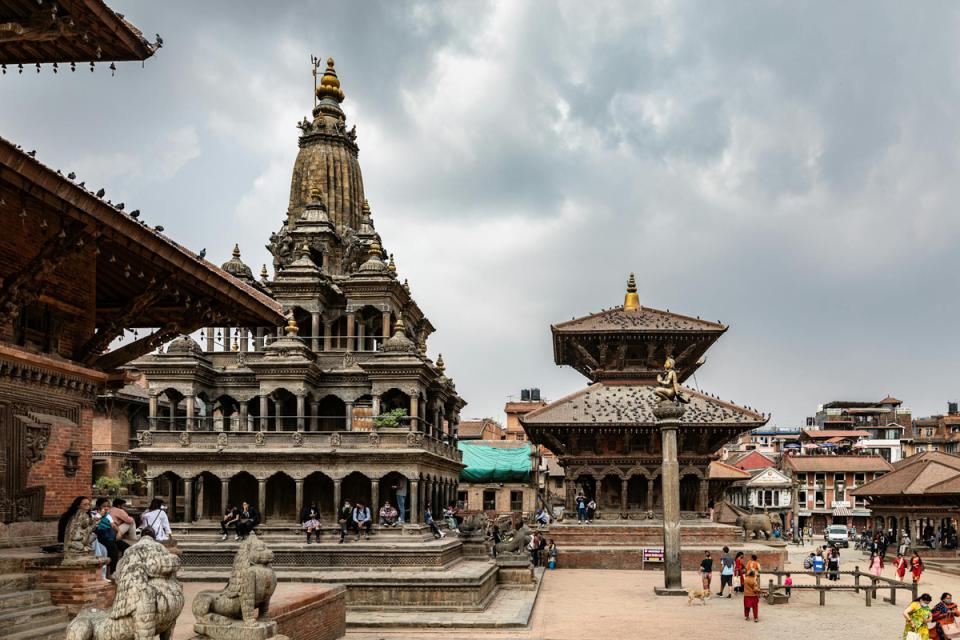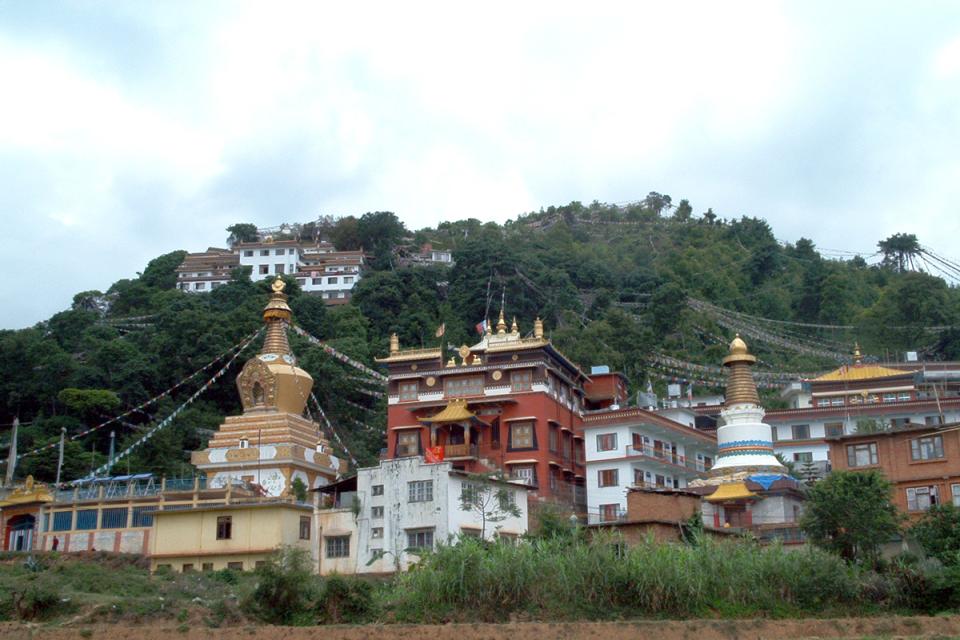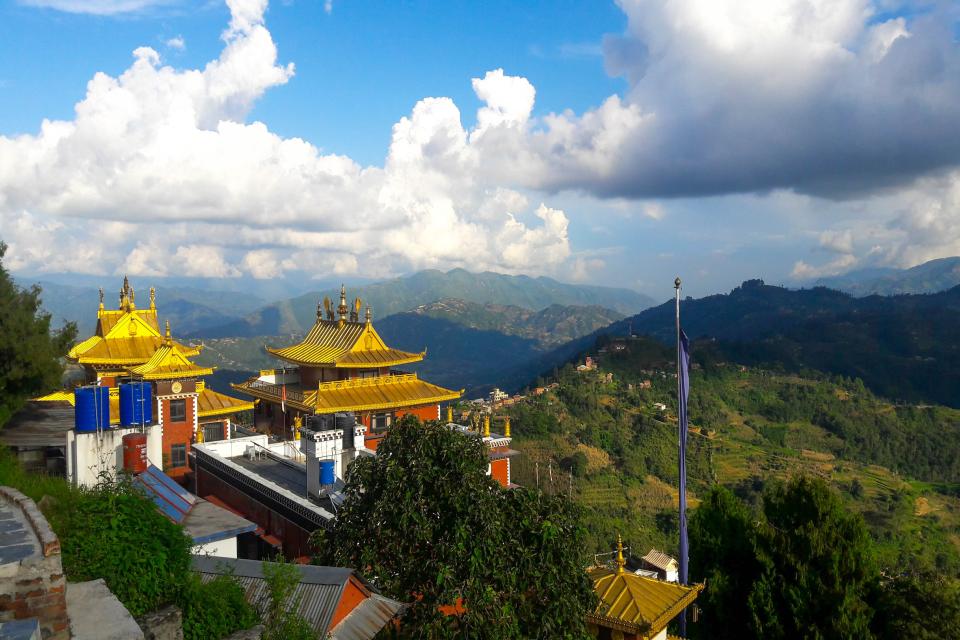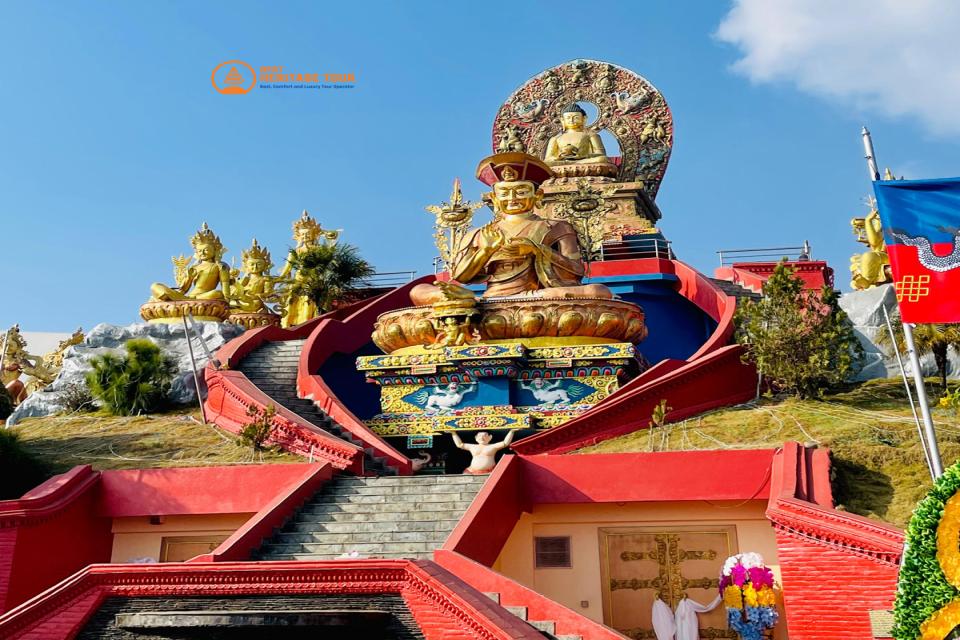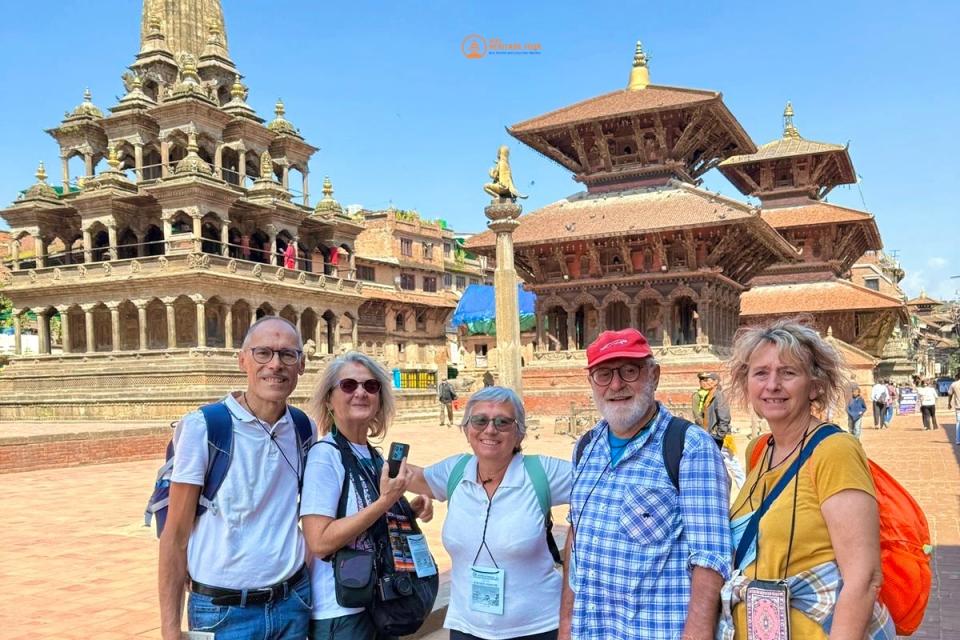Tucked between rolling green hills and the mighty Himalayas, Kathmandu Valley is far more than just the capital region of Nepal - it’s the spiritual heartbeat of the country. Often called the “City of Temples”, Kathmandu is home to thousands of shrines, pagodas, monasteries, and stupas, each whispering centuries-old stories of faith, art, and culture.
Every turn here reveals a carved window, a flickering butter lamp, or a temple bell echoing through the air. The valley’s sacred sites are living museums, blending Hindu and Buddhist traditions in a way found nowhere else in the world.
If you’ve ever dreamed of exploring the spiritual essence of Nepal, this guide takes you through the most ancient and revered temples and stupas in the Kathmandu Valley - timeless landmarks that continue to inspire both pilgrims and travelers alike.
1. Pashupatinath Temple - The Holiest Hindu Shrine in Nepal
No spiritual journey to Kathmandu is complete without a visit to the Pashupatinath Temple, a UNESCO World Heritage Site and one of the most sacred Hindu temples dedicated to Lord Shiva.
Situated on the banks of the holy Bagmati River, this sprawling temple complex dates back to the 5th century. The main pagoda-style temple, with its gold-plated roof and silver doors, is reserved for Hindus, but visitors can explore the outer courtyards, witness the evening aarti (ritual fire ceremony), and observe timeless Hindu traditions along the ghats.
Highlights:
-
Ancient architecture and intricate wood carvings.
-
Spiritual energy around the Bagmati cremation ghats.
-
The captivating Sandhya Aarati performed every evening.
Tip: Visit during Maha Shivaratri, when thousands of devotees and sadhus from across the world gather to celebrate Lord Shiva’s festival.
2. Swayambhunath Stupa - The Monkey Temple of Kathmandu
Perched on a hilltop west of the city, Swayambhunath Stupa offers sweeping views of Kathmandu and the surrounding valley. Known affectionately as the Monkey Temple, this ancient site is sacred to both Buddhists and Hindus.
According to legend, Swayambhunath was born from a self-existent flame that rose from the valley’s ancient lake, making it one of the oldest religious sites in Nepal. The white dome represents the earth, while the golden spire adorned with Buddha’s eyes symbolizes enlightenment and wisdom.
Highlights:
-
Panoramic sunrise and sunset views of the valley.
-
Ancient chaityas, shrines, and monasteries around the main stupa.
-
Friendly monkeys that roam the temple grounds.
Tip: Visit early morning to experience the rhythmic chanting of monks and locals circumambulating the stupa with prayer wheels.
3. Boudhanath Stupa - The Center of Tibetan Buddhism in Nepal
One of the largest stupas in the world, Boudhanath is a mesmerizing symbol of peace, unity, and Buddhist devotion. Its massive mandala structure, encircled by hundreds of prayer wheels and fluttering colorful flags, creates an atmosphere of calm and contemplation.
Located about 7 km east of central Kathmandu, Boudhanath has been a spiritual center for Tibetan Buddhists since the 14th century. Monks in maroon robes chant mantras, pilgrims spin prayer wheels, and visitors sip butter tea in rooftop cafés while watching the sunset over the golden spire.
Highlights:
-
Majestic white dome and all-seeing Buddha eyes.
-
Dozens of monasteries surrounding the stupa.
-
Serene evening atmosphere with butter lamps illuminating the pathways.
Tip: The evening circumambulation (kora) around Boudhanath is one of the most peaceful experiences in Kathmandu.
4. Patan Durbar Square & Krishna Mandir - The Jewel of Newar Architecture
Located in Lalitpur (Patan), one of the three ancient cities of the Kathmandu Valley, Patan Durbar Square is an architectural masterpiece filled with temples, courtyards, and historic monuments.
The square’s highlight is the Krishna Mandir, a magnificent stone temple built in the 17th century by King Siddhi Narsingh Malla. Carved entirely from stone, it’s dedicated to Lord Krishna and adorned with intricate carvings depicting scenes from the Mahabharata and Ramayana.
Highlights:
-
Exquisite Newari architecture and craftsmanship.
-
The Royal Palace Museum and surrounding temples.
-
Vibrant local life with artisans, metalworkers, and traditional markets.
Tip: Visit in the evening when the golden light enhances the details of the stone carvings and don’t miss the annual Krishna Janmashtami festival, celebrated with music, dance, and devotion.
5. Changunarayan Temple - The Oldest Temple in Nepal
Perched on a quiet hilltop northeast of Bhaktapur, Changunarayan Temple is regarded as the oldest Hindu temple in Nepal, dating back to the 4th century. Dedicated to Lord Vishnu, the temple is a treasure trove of ancient art and inscriptions, showcasing the valley’s early artistic excellence.
Its intricately carved stone sculptures, Garuda statue, and ancient script inscriptions make it an invaluable historical site. The temple is also listed as a UNESCO World Heritage Site for its cultural significance.
Highlights:
-
Ancient sculptures dating back over 1,500 years.
-
Peaceful setting surrounded by rural life and rice terraces.
-
A perfect blend of spirituality, art, and history.
Tip: Combine your visit with a short hike from Bhaktapur or Nagarkot to experience local village life.
6. Kathmandu Durbar Square - The Heart of History and Devotion
In the heart of the capital lies Kathmandu Durbar Square, once the royal palace of the Malla kings and now a mesmerizing showcase of Nepalese art and history.
This square is dotted with pagoda-style temples, intricately carved wooden windows, and statues that have stood for centuries. It’s also home to the Kumari Ghar, the residence of the Living Goddess Kumari, who occasionally appears at her window to bless visitors.
Highlights:
-
Hanuman Dhoka Palace, Taleju Temple, and Kumari Ghar.
-
Blend of Hinduism, Buddhism, and royal history.
-
Street-side artisans and local rituals unfolding in real-time.
Tip: Visit during the Indra Jatra Festival, when the square transforms into a grand celebration of masks, dances, and traditional chariots.
7. Bhaktapur Durbar Square - A Living Heritage City
A short drive east of Kathmandu takes you to Bhaktapur, an ancient city often called the “Cultural Gem of Nepal.” Its well-preserved medieval layout, red-brick houses, and exquisite temples make it feel like stepping back in time.
Bhaktapur Durbar Square houses several iconic temples, including the Vatsala Temple, Nyatapola Temple, and Bhairabnath Temple, each showcasing stunning craftsmanship and symmetry.
Highlights:
-
Five-story Nyatapola Temple, Nepal’s tallest pagoda.
-
Vibrant pottery square and traditional woodcarving workshops.
-
Local delicacies like Juju Dhau (King Curd).
Tip: Visit early morning or late afternoon for peaceful photography before the crowds arrive.
8. Kopan Monastery - The Modern Face of Buddhism
Located on a peaceful hill north of Boudhanath, Kopan Monastery represents modern Tibetan Buddhist practice in Nepal. Home to over 300 monks, it offers meditation retreats, teachings on mindfulness, and insight into Buddhist philosophy.
Visitors can explore the serene grounds, spin prayer wheels, or attend short Buddhist meditation classes open to foreigners. The view from the monastery hilltop stretches across the Kathmandu Valley - a perfect mix of peace and perspective.
Highlights:
-
Daily meditation sessions and Buddhist teachings.
-
Stunning monastery architecture and colorful murals.
-
Tranquil surroundings ideal for spiritual reflection.
Tip: If you have extra time, join a one-day meditation course or visit the monastery café for tea with a view.
Why Kathmandu is Called the “City of Temples”
Kathmandu Valley is said to have more temples than houses - a testament to its deep spiritual roots. From small roadside shrines to grand palace courtyards, every inch of the valley carries religious symbolism.
This harmony between Hinduism and Buddhism, where shrines of both faiths stand side by side, makes Kathmandu a rare cultural fusion. Its temples aren’t just monuments; they are living centers of faith where rituals, festivals, and prayers continue daily.
Even today, Kathmandu’s skyline - with golden pinnacles, fluttering prayer flags, and ornate pagodas - stands as a symbol of Nepal’s timeless devotion.
Travel Tips for Visiting Temples and Stupas
-
Dress respectfully: Shoulders and knees covered when entering temples.
-
Remove shoes: Always take off your shoes before entering shrine areas.
-
Photography: Ask for permission, especially in sacred spaces.
-
Local customs: Walk clockwise around stupas and spin prayer wheels right-hand side forward.
-
Best time to visit: Early morning or sunset for spiritual ambiance and softer light.
Conclusion - Experience the Spiritual Soul of Nepal
Exploring Kathmandu Valley’s ancient temples and stupas is more than sightseeing - it’s a journey through centuries of art, culture, and devotion. Each temple whispers stories of faith; each stupa radiates peace.
Whether you’re drawn by the golden spires of Pashupatinath, the quiet chants at Boudhanath, or the artistry of Patan, the City of Temples offers a lifetime of inspiration in just a few days.
Ready to explore Kathmandu’s sacred wonders?
Let Best Heritage Tour guide you through the valley’s most spiritual and historical treasures with expert guides, comfortable transport, and deep local insight.
Phone / WhatsApp / Viber: +977-9851149197 | +977-9810043046
Email: info@bestheritagetour.com | bestheritagetour@gmail.com
Info & Booking: www.bestheritagetour.com
Office: Thamel Marg, Kathmandu, Nepal
Author: Best Heritage Tour
Date: 16th October, 2025

